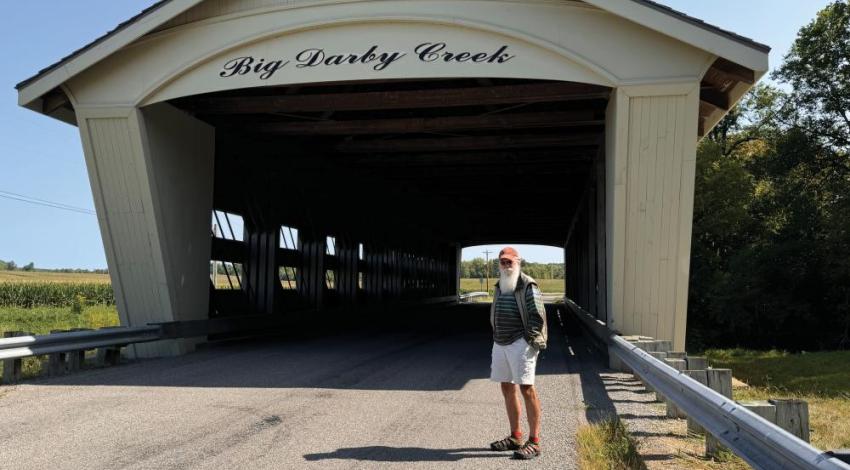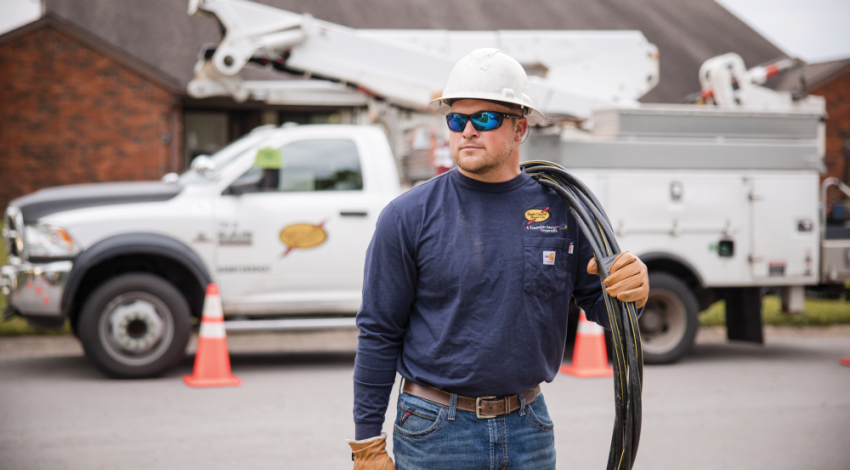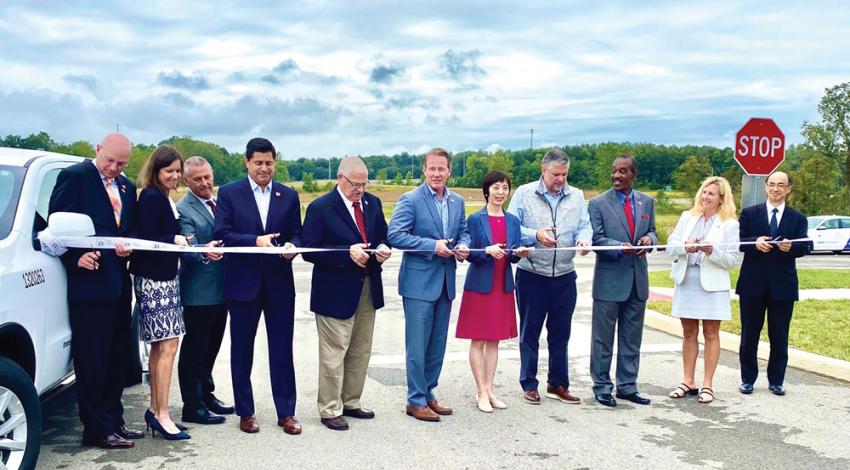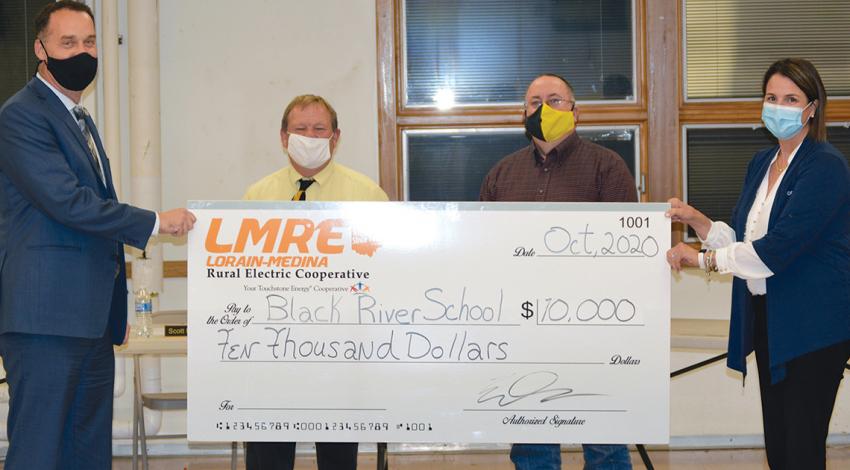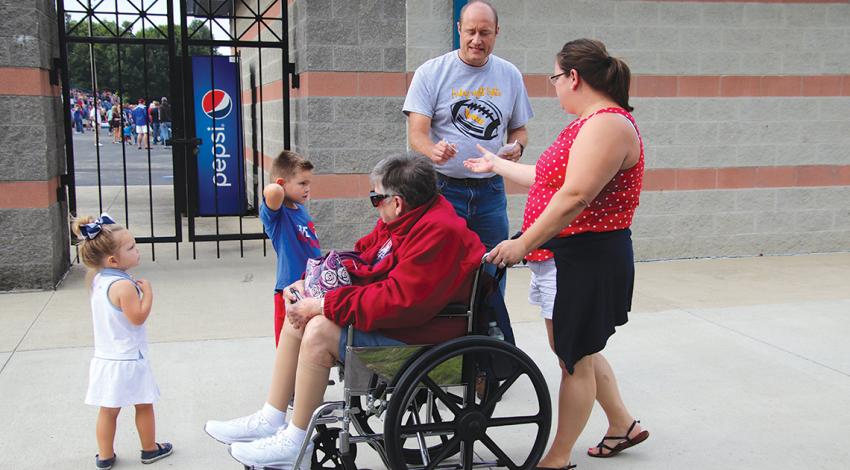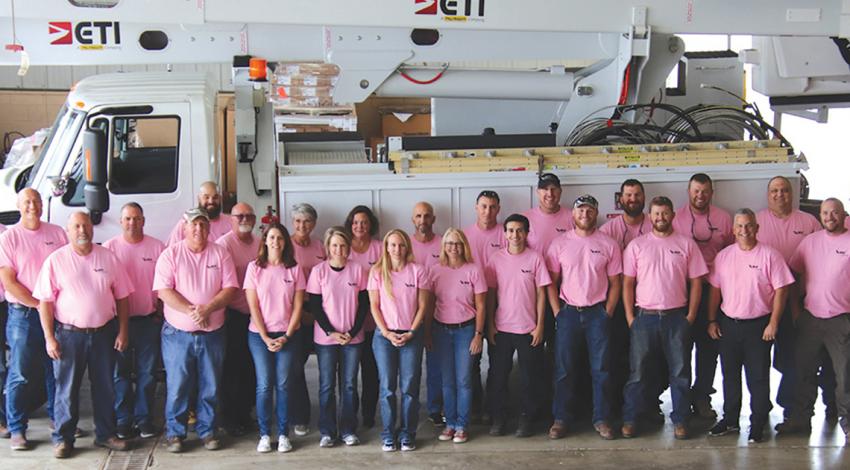Steve Stolte was a civil engineering student at Ohio State University when the Silver Bridge, which connected Gallipolis to Point Pleasant, West Virgina, on busy U.S. Route 35, collapsed into the Ohio River.
After the collapse, Ohio began to require that all bridges in the state be inspected once each year. Seeing an opportunity to both make some money and potentially save some lives, Stolte and some of his college friends started up a new business.
They attended classes during the week, but on weekends they traveled into rural counties throughout the state to perform those mandated bridge inspections.
“We learned quickly to drive across each bridge prior to doing our inspection, because we often didn’t want to drive across after seeing the condition they were in,” he says.
